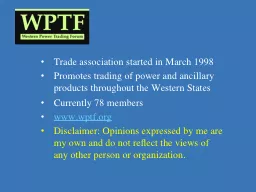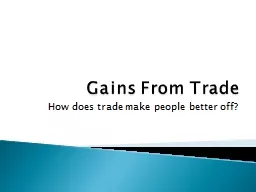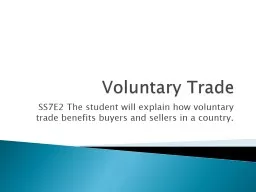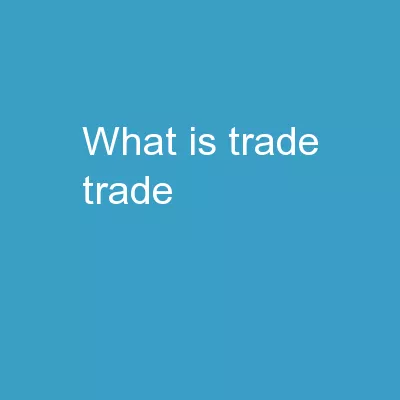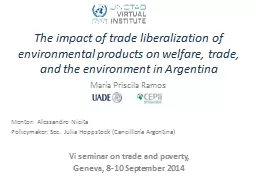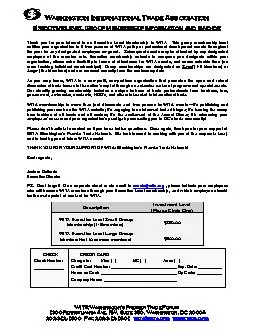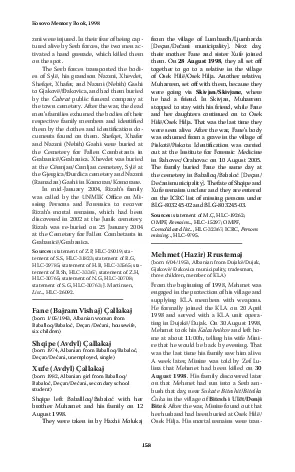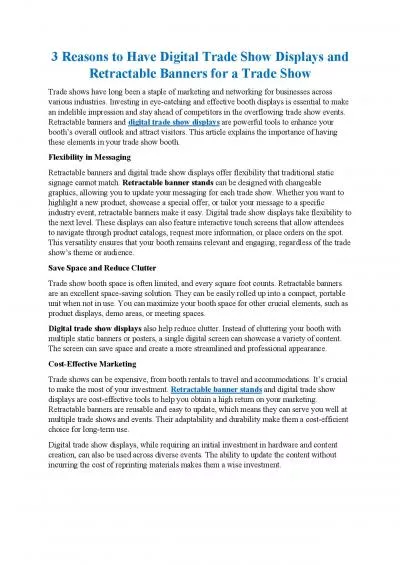PPT-Trade association started in March 1998
Author : yoshiko-marsland | Published Date : 2016-02-26
Promotes trading of power and ancillary products throughout the Western States Currently 78 members wwwwptforg Disclaimer Opinions expressed by me are my own and
Presentation Embed Code
Download Presentation
Download Presentation The PPT/PDF document "Trade association started in March 1998" is the property of its rightful owner. Permission is granted to download and print the materials on this website for personal, non-commercial use only, and to display it on your personal computer provided you do not modify the materials and that you retain all copyright notices contained in the materials. By downloading content from our website, you accept the terms of this agreement.
Trade association started in March 1998: Transcript
Download Rules Of Document
"Trade association started in March 1998"The content belongs to its owner. You may download and print it for personal use, without modification, and keep all copyright notices. By downloading, you agree to these terms.
Related Documents

